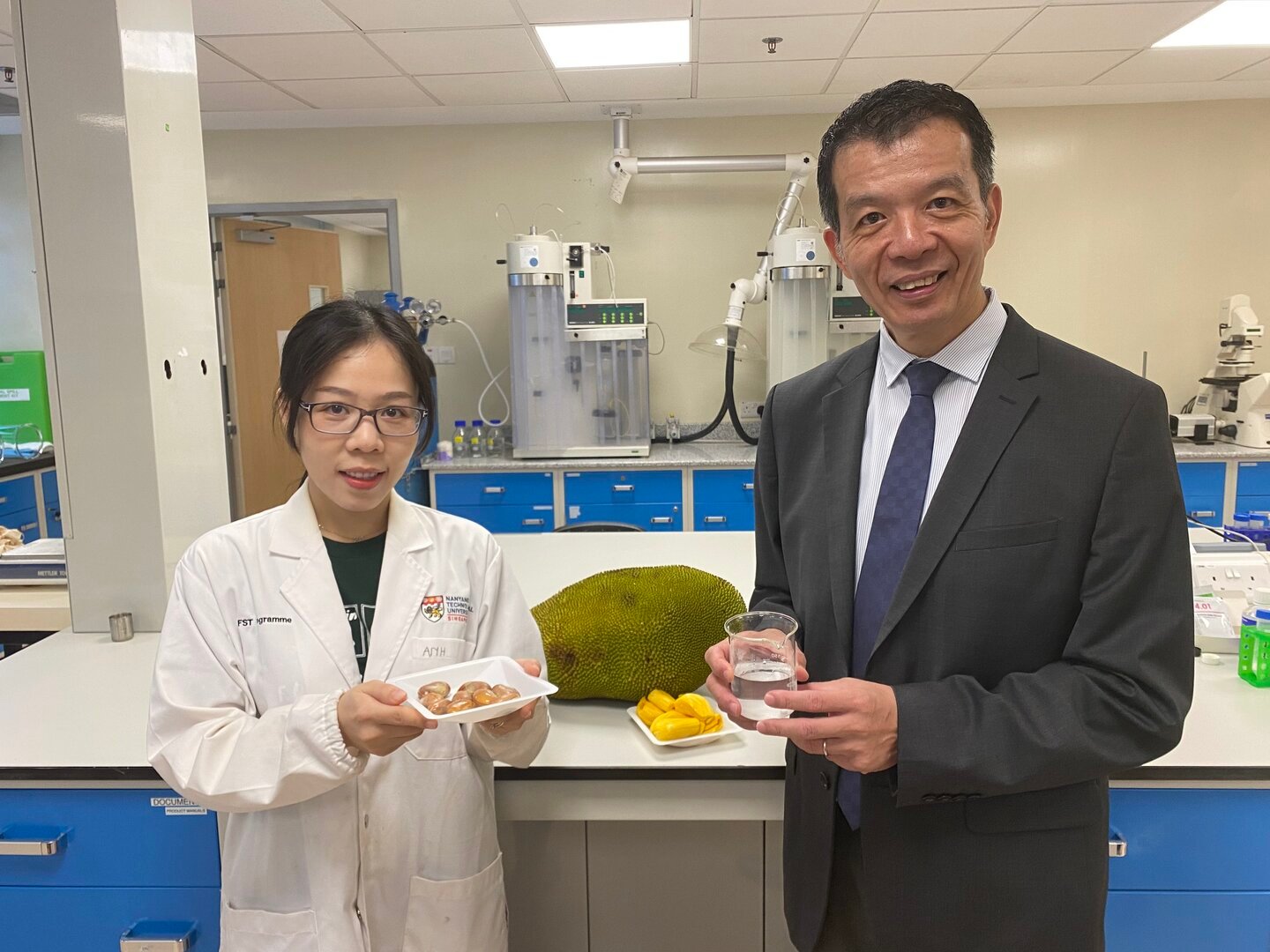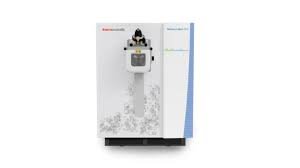Thursday, 13 November 2025
NTU develops technique for making lactic acid from jackfruit seeds
The method is cheaper and more sustainable than existing industrial methods as it requires fewer chemicals and processes, produces negligible amounts of by-products, and reduces food waste by using unwanted…

The method is cheaper and more sustainable than existing industrial methods as it requires fewer chemicals and processes, produces negligible amounts of by-products, and reduces food waste by using unwanted jackfruit seeds
Scientists from Nanyang Technological University (NTU) Singapore have developed a sustainable and more effective technique for making lactic acid, by using discarded jackfruit seeds. Lactic acid plays an indispensable part in the industrial production and preservation of nearly all the food we consume, being used in various stages of the manufacturing of food staples such as bread, yoghurt, cheese, kimchi, sauerkraut, and pickles. In 2022, approximately 1.5 million metric tons of lactic acid were manufactured worldwide.
Lactic acid is added to dairy products for a tangy taste, controls acidity in jams and canned fruits, and extends the shelf life of packaged meat products. In baking, lactic acid conditions dough for better texture and volume. Additionally, lactic acid helps in emulsification of dressings and sauces and maintains vibrant colours in fruits and vegetables.
Developed by Professor William Chen, Director of NTU’s Food Science and Technology (FST) programme, the method is cheaper and more sustainable than existing industrial methods as it requires fewer chemicals and processes, produces negligible amounts of by-products, and reduces food waste by using unwanted jackfruit seeds.
Current industrial methods to produce lactic acid are costly as they typically involve fermenting raw materials such as sugarcane, corn starch and beetroot sugar, which have become more expensive due to the increasing scarcity of farmland, natural disasters, and rising inflation.
Industrial methods also result in large amounts of by-products, such as gypsum, which release greenhouse gasses when not disposed of properly.
Jackfruits are increasingly popular in diets worldwide, with their flesh, which resembles meat in both taste and texture, being made into meat substitutes. However, its seeds, which make up nearly a fifth of the fruit’s total weight, are thrown into landfills
Technology
MENU ORDER AI to launch app aimed at GLP-1 users and health-conscious diners
Nov 10, 2025 | Company News
Harnessing Quantum AI for Greener Minds and Healthier Futures
Nov 10, 2025 | Interaction
Intertek acquires Costa Rican testing business Suplilab
Nov 07, 2025 | Company News
Food Testing
Intertek acquires Costa Rican testing business Suplilab
Nov 07, 2025 | Company News
Thermo Fisher Scientific launches Orbitrap mass detector for food safety testing
Oct 24, 2025 | Company News
ADM advances quality capabilities with opening of new Central Milling Laboratory
Oct 16, 2025 | Company News
More Popular
HEINEKEN opens new brewery in Brazil
Nov 12, 2025 | Beverages
Remilk and Gad Dairies introduce The New Milk in Israel
Nov 12, 2025 | Beverages
Ochre Spirits closes seed round led by Ah! Ventures to build next-gen beverage house
Nov 12, 2025 | Beverages





